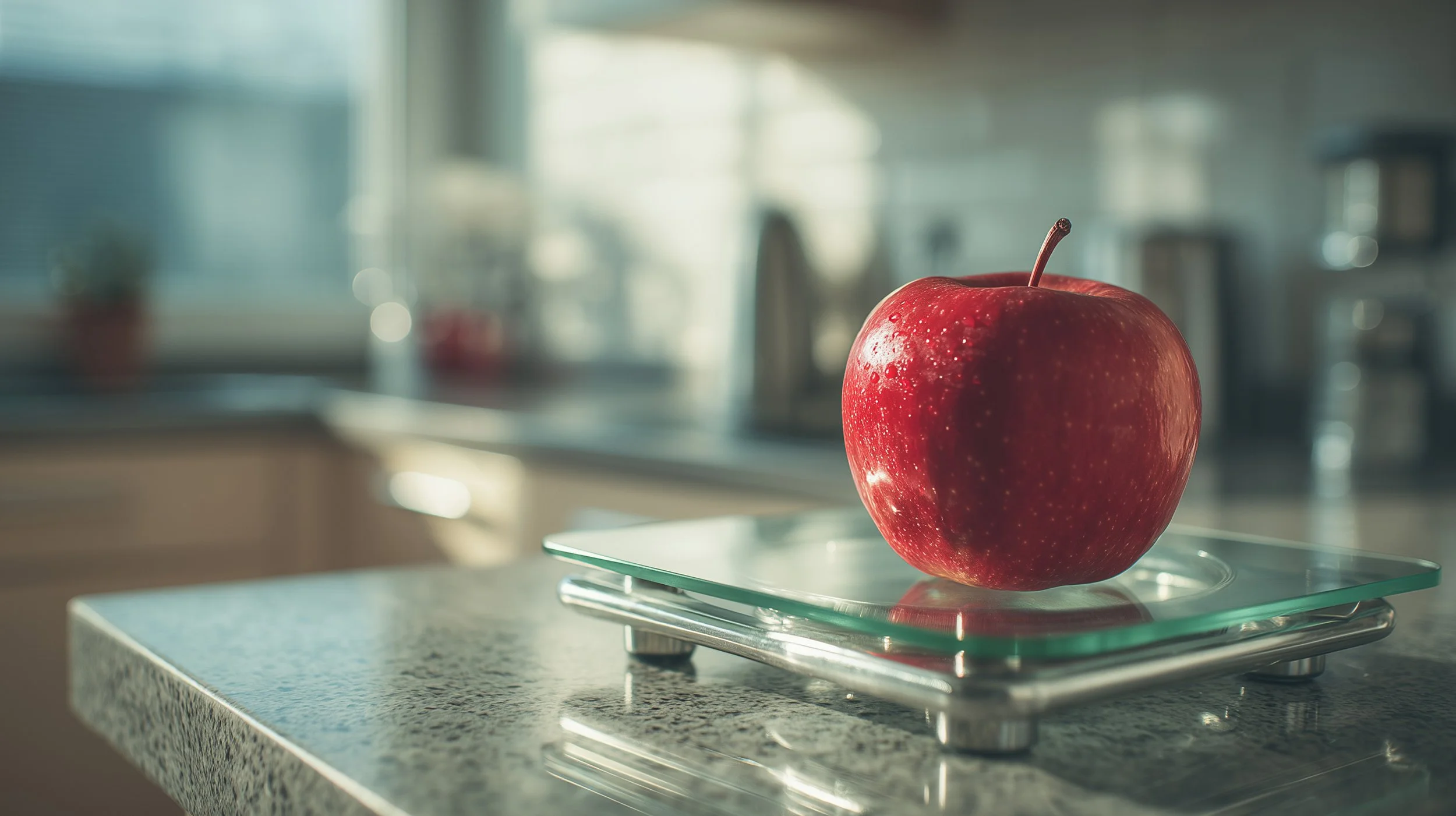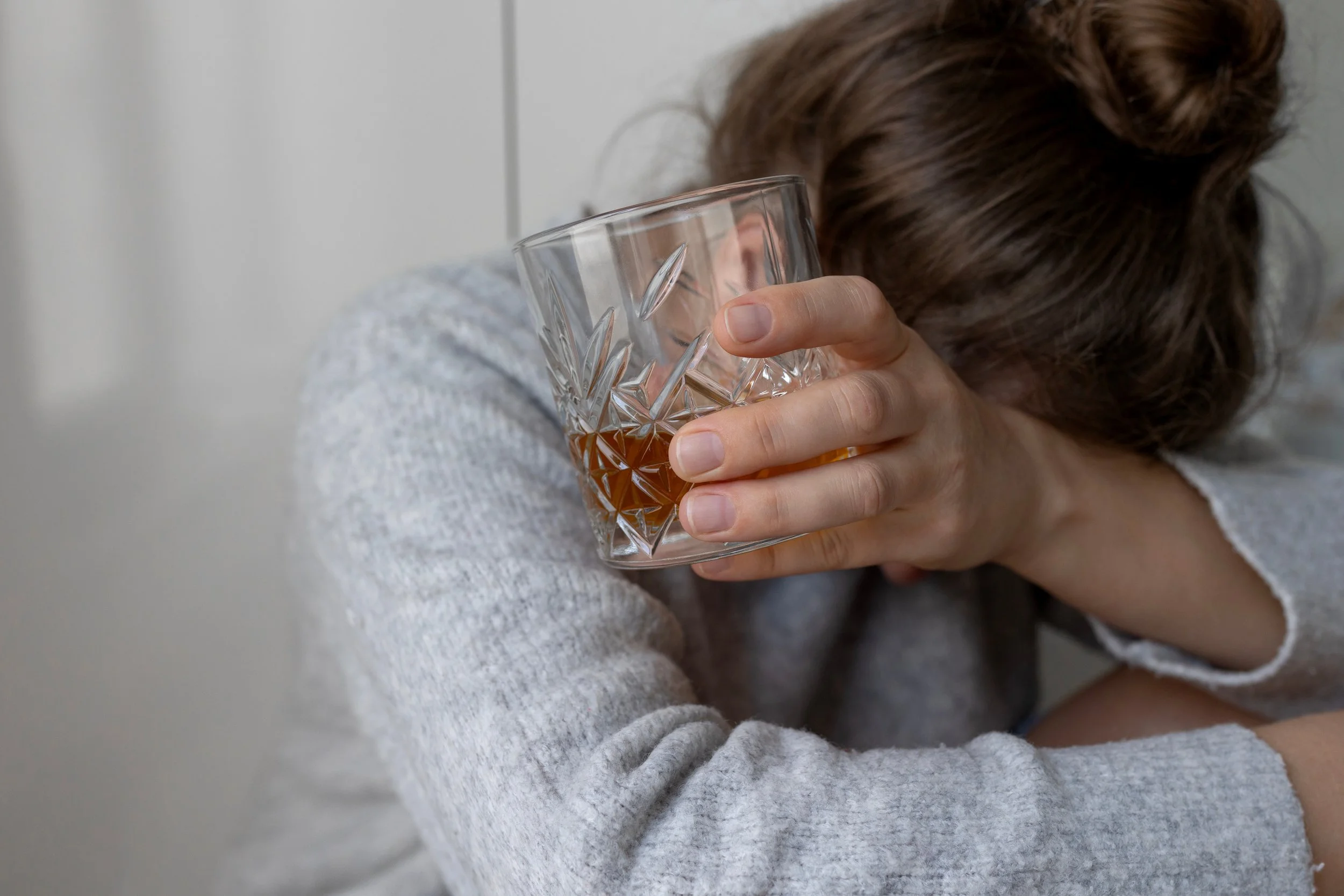Dopamine: The Common Thread Between ADHD, Eating Disorders, Substance Use, and Love
We tend to think of dopamine as the “feel-good” chemical, but it’s really the anticipation chemical—the one that keeps us chasing the next hit of excitement, novelty, or connection. It’s what lights up when you get a text from someone you like, start a new project, scroll social media, or take that first sip of coffee. Dopamine drives motivation and reward—but when it’s dysregulated, it can lead us down some complicated paths. When dopamine is released in the brain, it gives us that “yes, I did it!” feeling. But it can also have harsh consequences when dysregulated.
It’s understandable if stability has felt boring or even uncomfortable—your brain was wired to crave the spark.
ADHD and the Dopamine Deficit
People with ADHD often have lower baseline dopamine levels, which means their brains are wired to crave stimulation. It’s not about lacking discipline—it’s about a nervous system that’s constantly searching for balance. That’s why someone with ADHD might hyperfocus on something exciting one day and struggle to start a simple task the next. The brain is trying to find that hit of dopamine that makes effort feel possible. This is also why people with ADHD are more likely to engage in substance use. Focusing on your strengths and engaging in activities that make you feel confident can also increase dopamine, reducing the likeliness of substance use.
This same dynamic can show up in relationships, too—seeking intensity over stability, excitement over consistency. The “spark” feels vital, not optional. This can also lead to unhealthy, self-sabotaging relationships. Choosing relationships that promote growth can create the “spark” naturally.
Recovery isn’t about willpower; it’s about teaching your mind and body that safety and nourishment can feel just as rewarding as control.
Eating Disorders and Control as Reward
In eating disorders, dopamine plays a quiet but powerful role. Restricting food, bingeing, or compulsively exercising can all trigger dopamine responses that temporarily soothe anxiety or create a sense of control. Over time, the brain learns to associate these behaviors with relief, reinforcing the cycle. When something feels good, it makes people want to keep going, which can make it hard to stop.
For many people, this isn’t about vanity or willpower—it’s about chemistry. The brain is chasing predictability and control through dopamine pathways that were never meant to handle that kind of burden. Recovery involves retraining those pathways to find reward in stability, nourishment, and self-care rather than in self-punishment. This includes a lot of behavior modification and cognitive reframing to retrain those pathways.
It’s understandable if joy feels muted right now—your brain got used to chasing the loudest source of relief it could find. With time and gentleness, those quieter sources of pleasure start to feel alive again.
Substance Use and the Hijacked Reward System
Substances—whether alcohol, stimulants, or other drugs—flood the brain with dopamine far beyond what natural rewards can produce. Over time, this disrupts the brain’s ability to feel pleasure from ordinary experiences. What once felt good—a conversation, a walk, a meal—stops registering. The world becomes muted without the substance. When something feels good, it makes people want to keep going.
Healing involves more than abstaining; it’s about teaching the brain to rediscover satisfaction in real, sustainable sources of dopamine—connection, purpose, movement, creativity. Mindfulness can help to restore reward in these activities and make people feel more present.
Real love isn’t about the rush; it’s about the calm that comes when you finally feel safe to stay.
Love and the Dopamine Rush
Romantic love activates the same dopamine circuits that light up with substances or risk. That’s why early-stage love can feel like a high—and why heartbreak can feel like withdrawal. The surge of dopamine in new relationships can blur our sense of reality; it rewards the chase, the uncertainty, the longing. This can help create the pathway toward long-lasting love.
But love that lasts isn’t just dopamine—it’s oxytocin, serotonin, trust, and calm. It’s learning to find safety in what’s steady, not just thrill in what’s unpredictable. Choosing partners that encourage growth can create stability.
Relearning Reward
Whether it’s through therapy, mindfulness, medication, or meaningful connection, healing means building a new relationship with reward. It’s learning that peace can be just as satisfying as excitement—and that our brains can be retrained to crave what actually sustains us. This is the area where we have control.
Because sometimes the most powerful dopamine hit isn’t the rush of the new—it’s the quiet, grounded feeling of finally being at home in yourself. It’s connecting with your values and who you are as a person, and living in the present moment.





